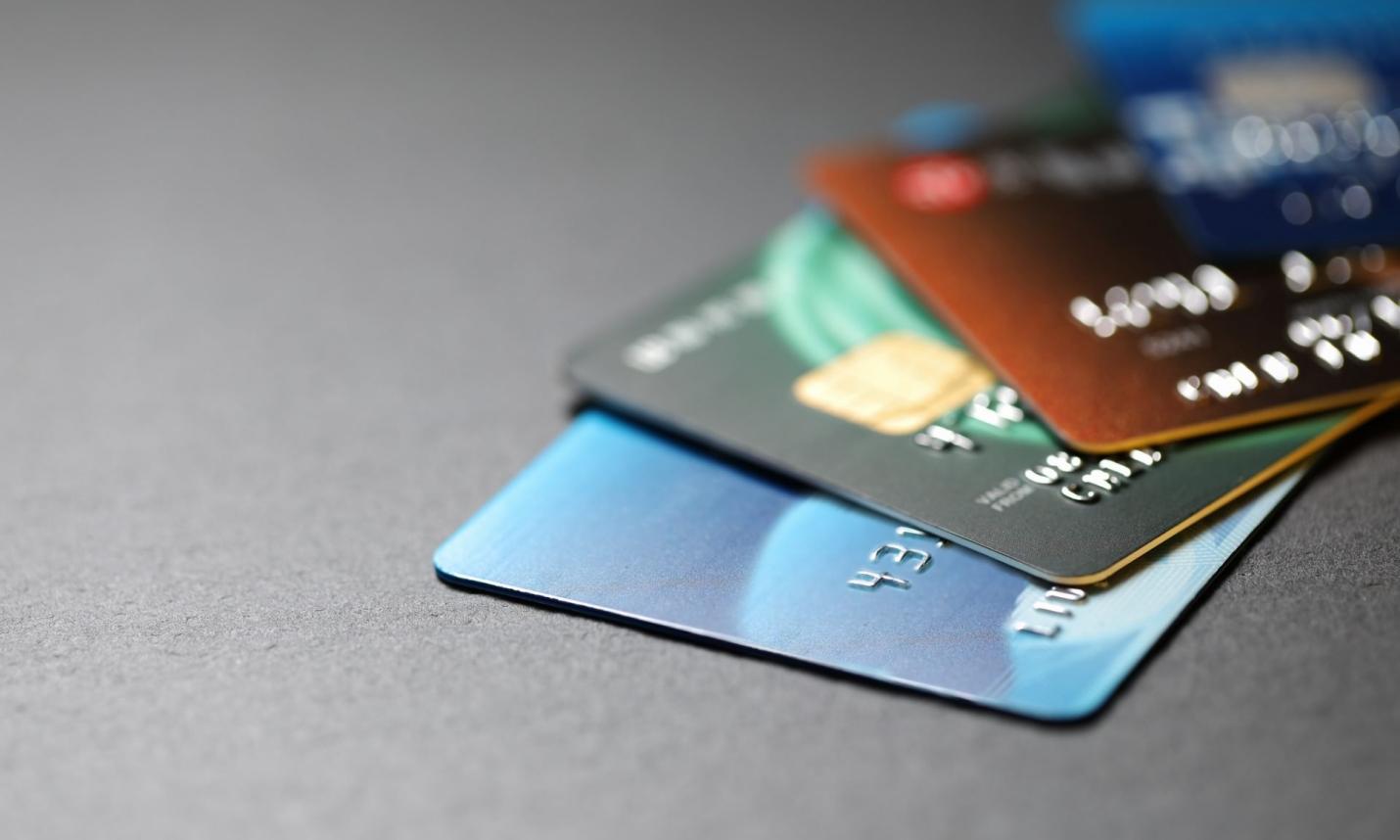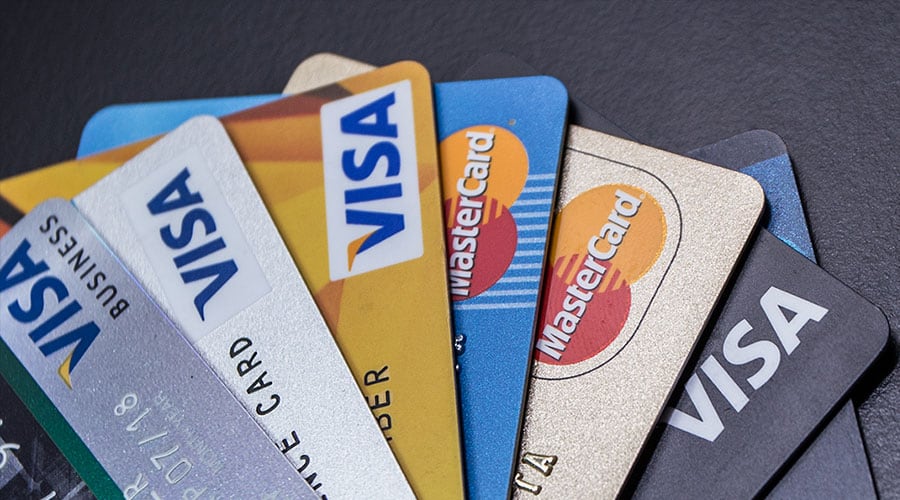What Is the Meaning of a Balance Transfer?
Oct 30, 2023 By Susan Kelly
Credit card balances can be transferred from one card to another. As a result, it can be a valuable strategy for reducing high-interest credit card debt. However, there are some potential hazards to think about first.
How Balance Transfers Are Processed

Suppose you've run up a sizable balance on a credit card that has a steep APR (APR). If you move the debt to a card with a reduced interest rate, you can put more of your monthly payment toward reducing the principal balance. If you do that, you can quickly reduce your debt and save a lot of money over time.
Getting a balance transfer credit card is the first move. After being approved, you can request that your existing card's balance be transferred to your new card. That can be accomplished in a few different ways. One option is to use a check provided by your new credit card provider to settle your old balance.
By providing your new card issuer with your old card's account number and other details, plus an indication of the amount of debt you wish to have transferred to your new card, you can potentially commence the transfer over the phone or online. An average balance transfer will take around two weeks to complete.
What Are The Potential Balance Transfer Savings?
Using a balance transfer credit card is an intelligent strategy for temporarily avoiding interest fees during debt repayment. You can save hundreds or thousands of dollars if you take charge of your debt payments and act quickly.
Let's pretend you owe $5,000 and make $200 monthly payments. If your interest rate is like the national average (16.28% APR), you may expect to pay back your debt in 31 months and spend $1,149 on interest.
Is Balance Transfer Debt Payoff Wise?

With a decent credit score, you can get a balance transfer credit card with a low-interest rate from several firms. Some provide introductory interest-free periods of six months to a year. While this can be beneficial if you meet the requirements, there are a few pitfalls to avoid when selecting a debt transfer credit card.
Expenses incurred during a currency exchange come first. Some cards do not have annual fees, but the ones typically charge between 3% and 5%. Consider a hypothetical balance transfer of $5,000; you may incur an upfront cost of $150–$250.
A second issue concerns what happens to the card's interest rate once the introductory period ends (if applicable). The interest rate on your amount may increase from what it was with your prior card if you haven't paid it off by then.
One Exemplary Model of an Effective Balance Transfer
Let's pretend you carry a $3,000 balance on a credit card that charges 15% interest. It would take 14 months to pay off the principal + interest at a $250 monthly payment rate. If you transfer that balance to a card with 0% interest but a 3% transfer fee, you could pay it off in 13 months instead of 24 months, saving $181.
Balance Transfer Application
Read the credit card's terms and conditions before applying for a new card. These documents should be available on the credit card issuer's website. Interest rates on balance transfers and purchases, as well as the duration of any introductory rate, are part of these terms.
In case of uncertainty, inquire directly with the card issuer. Before making contact, familiarise yourself with your FICO score and be prepared to discuss any negative issues on your credit report. This data allows the CSR to advise you of any specials you may qualify for.
Balance Transfer Alternatives
A balance transfer has advantages for paying down credit card debt, but it's not the only option. One solution is to devote a more considerable monthly sum toward eliminating the debt. Those who carry a balance on more than one credit card should priorities paying off the card with the highest interest rate.
It would be best if you then went on to the next most expensive card once that one is paid off. The debt avalanche method is another name for this strategy.
Applying for a loan at your bank to consolidate your debt is another option. Compared to the interest rates charged by credit card companies, the rates offered by debt consolidation loans are often more attractive. You can use the loan to consolidate debts, such as credit card payments or medical bills.

Know-how
Market Capitalization vs. Enterprise Value: What’s the Difference?
A company's enterprise value or market capitalization can determine its market value. You cannot substitute one of these values for the other because they were calculated in distinct ways. Each offers an assessment of a company's value and, more importantly, a standard by which to measure other businesses operating in the same market.
Learn More
Mortgages
What Is the Meaning of a Balance Transfer?
The amount of money owed on credit cards can quickly accumulate, especially in the weeks after the winter holidays. But there are a few credit cards that can help you wipe out a large balance without being hit with excessive interest charges, and anyone wanting to get a handle on their debt should know that these cards are available.
Learn More
Know-how
What's an ABLE Account?
Congress finally enacted the Achieving a Better Life Experience Act in 2014, nearly a decade after disability advocacy groups began pushing. Like 529 college savings programs for those with disabilities, ABLE permits the formation of tax-advantaged accounts for those with impairments. Saving money in these accounts does not affect a person's ability to get government assistance.
Learn More
Mortgages
Optimal Strategies For Breaking A Car Lease
leasing may be an attractive option if you're set on driving a nice automobile but can't quite swing the hefty monthly payments or large down payment. One of the drawbacks of leasing is restricting your freedom of movement. If you return the car before the end of the lease, you may be subject to early termination fees and other penalties. However, you may always choose another route if you so want
Learn More
Know-how
Briefly Explain: How to Calculate Present Value for Retirement?
When planning for retirement, the first important thing to do is calculate how much money you will need to set aside each year to provide for your lifestyle in old age. Knowing how to perform even the most basic calculations can make what initially seems like an impossible undertaking much more manageable. Determining the "present value" of your savings is an essential component of your preparation for retirement.
Learn More
Mortgages
Make Your Money Work for You with Cash
Learn how to make the most of your cash through savvy strategies that empower your finances. Discover effective ways to optimize cash utilization and increase financial growth.
Learn More